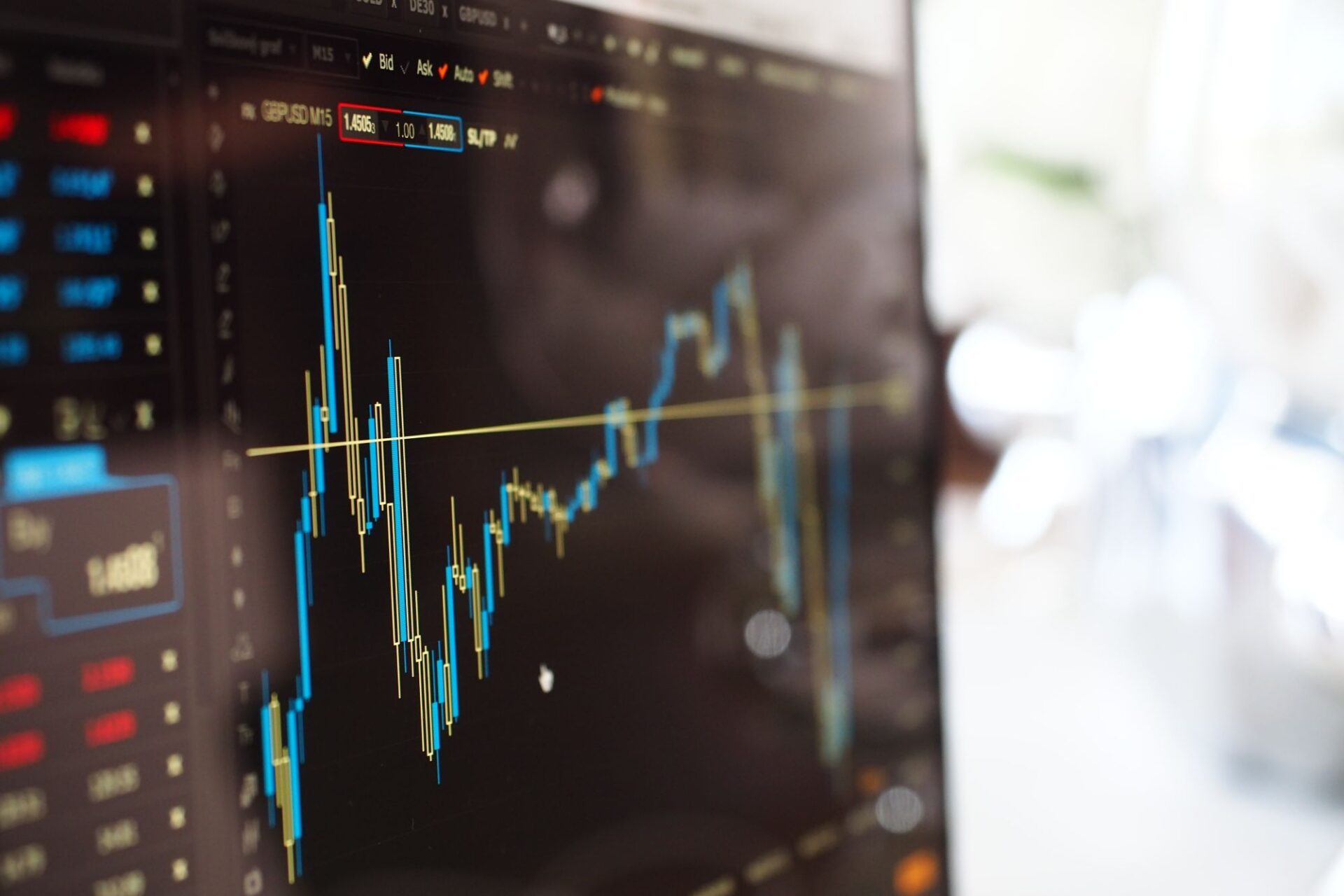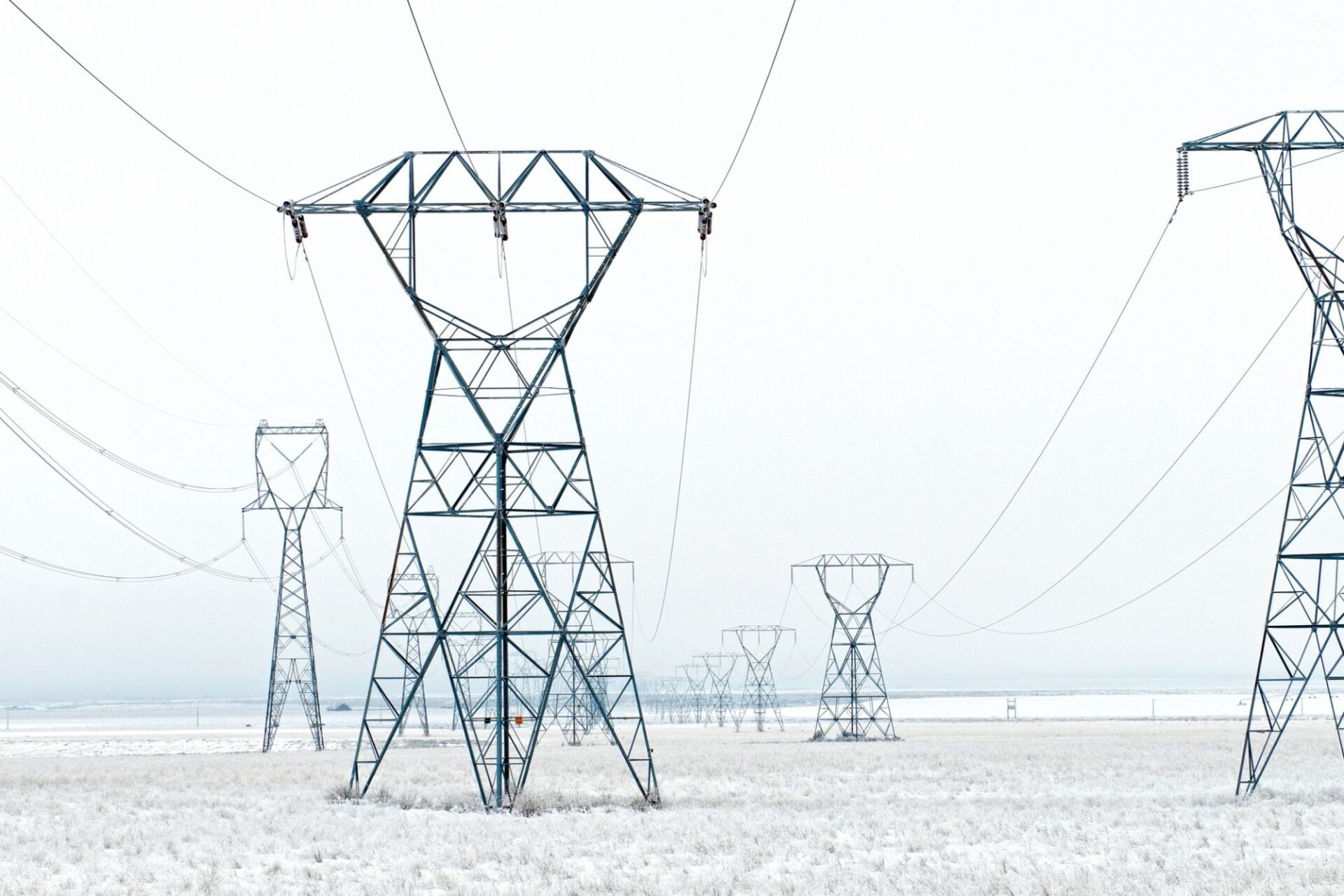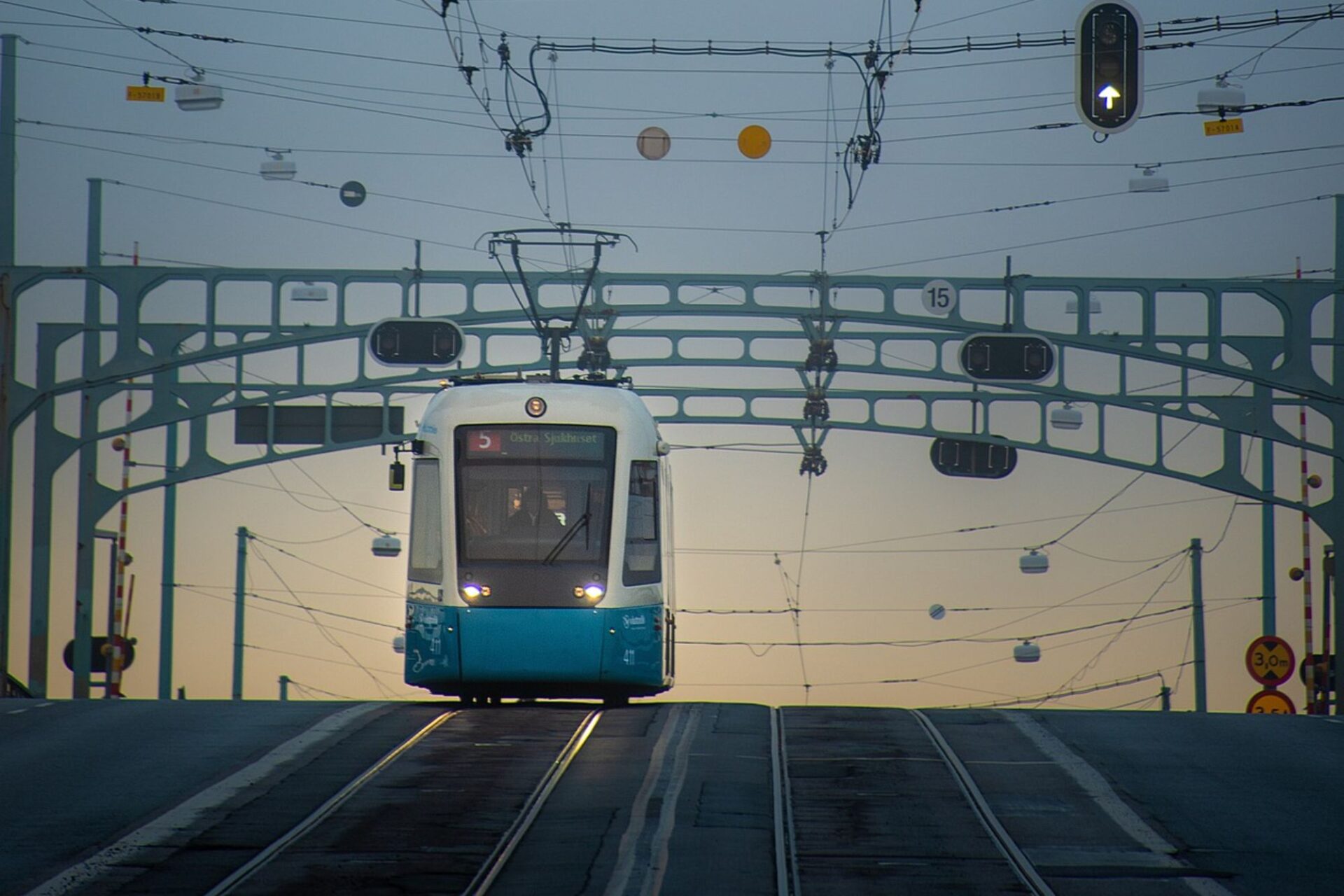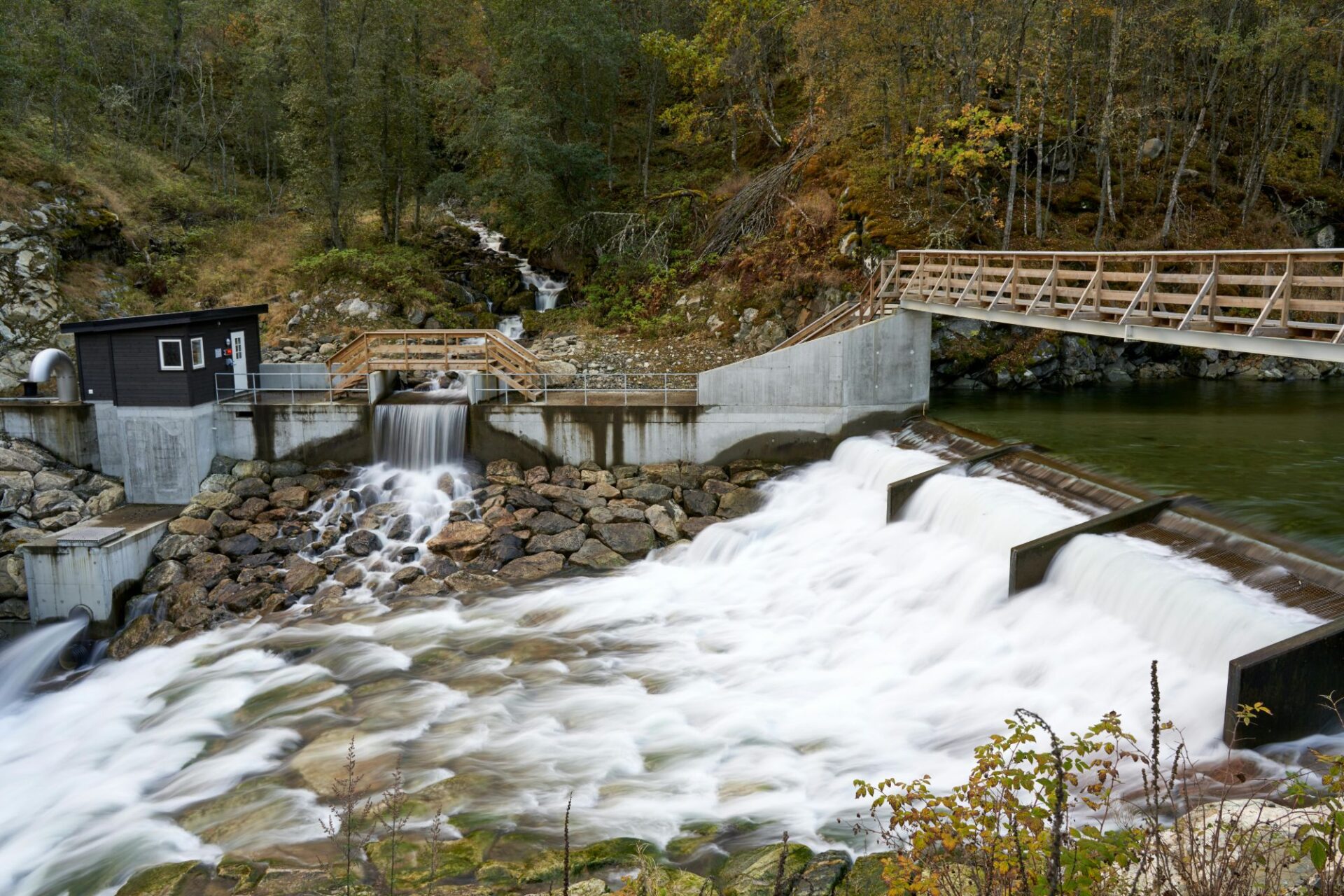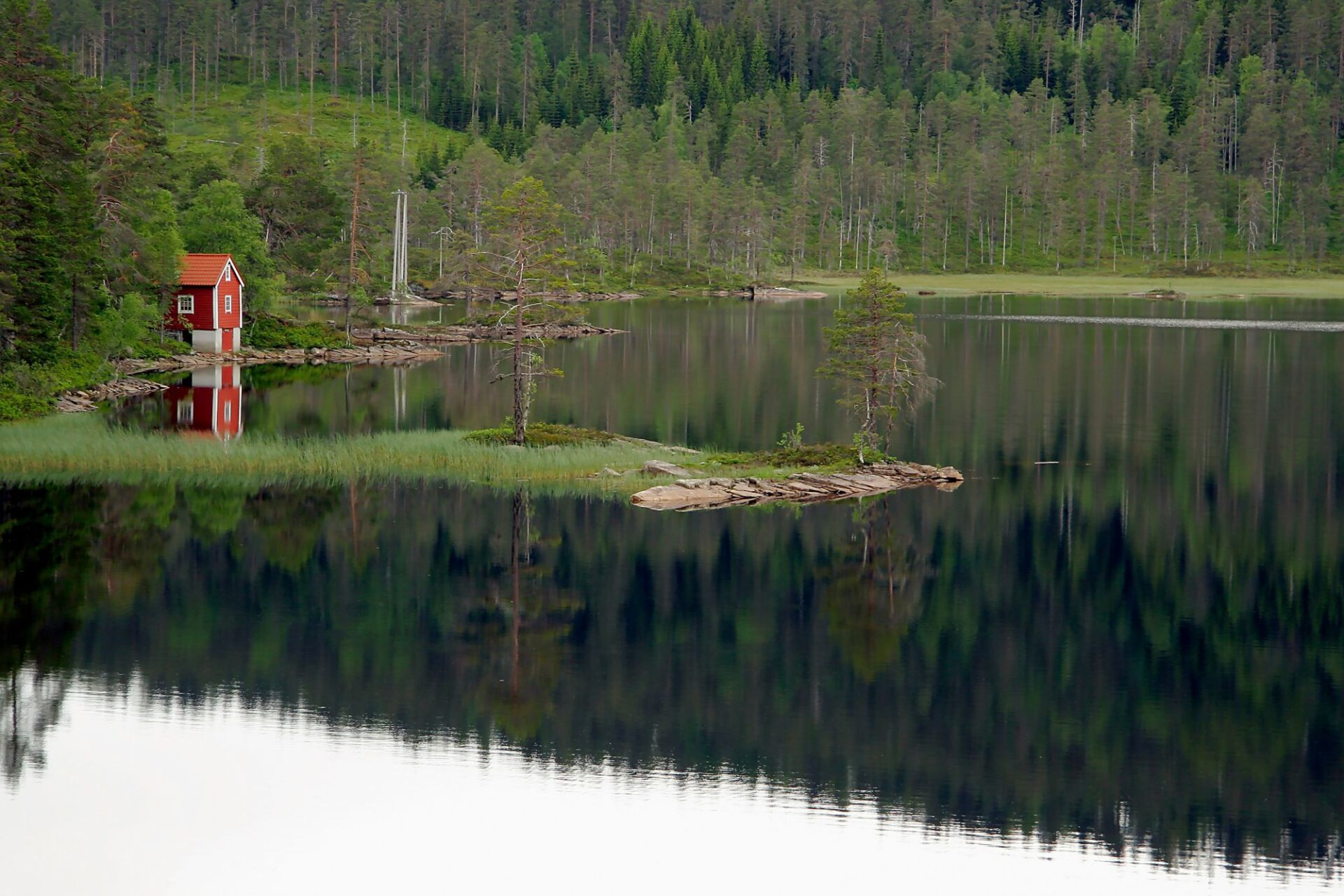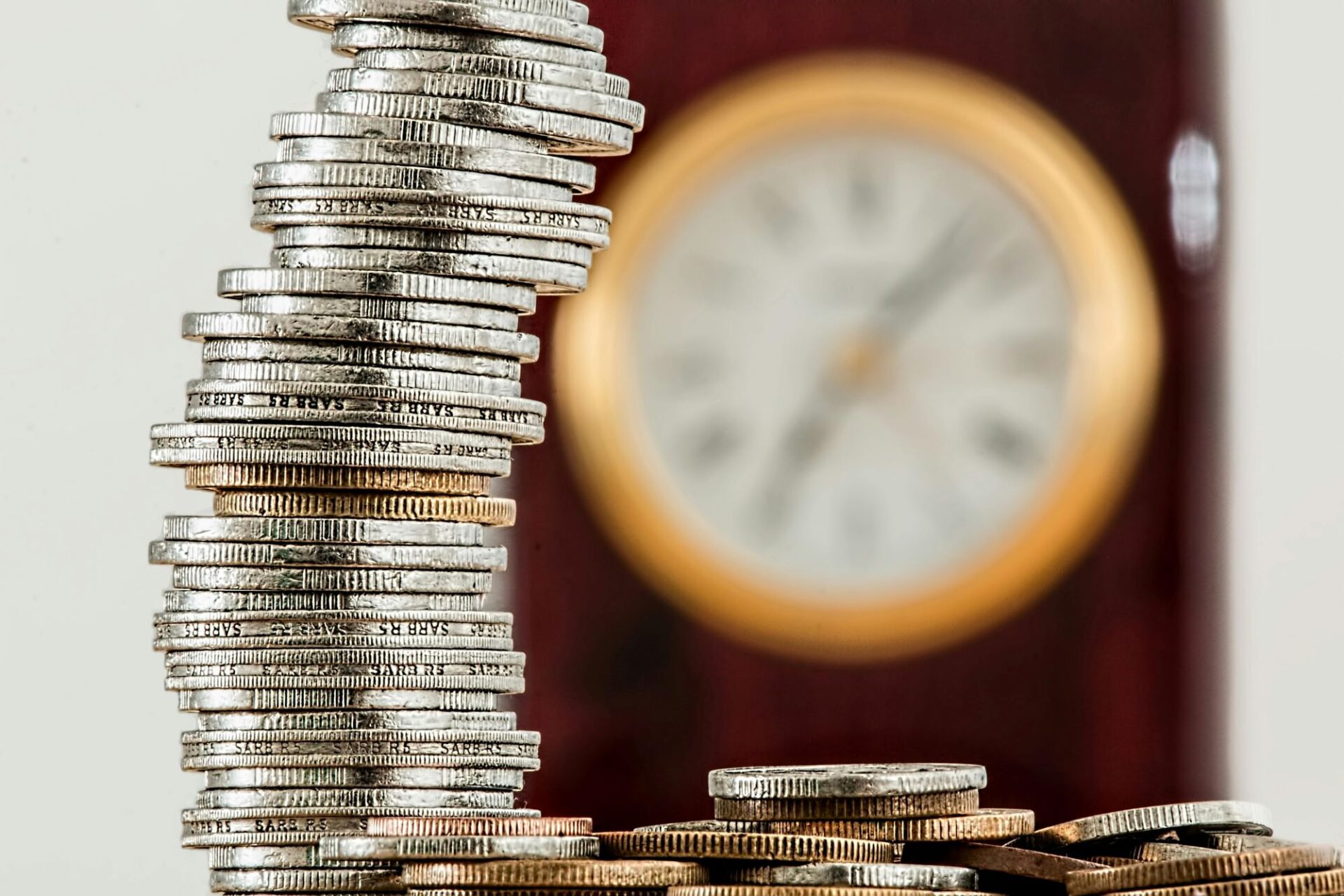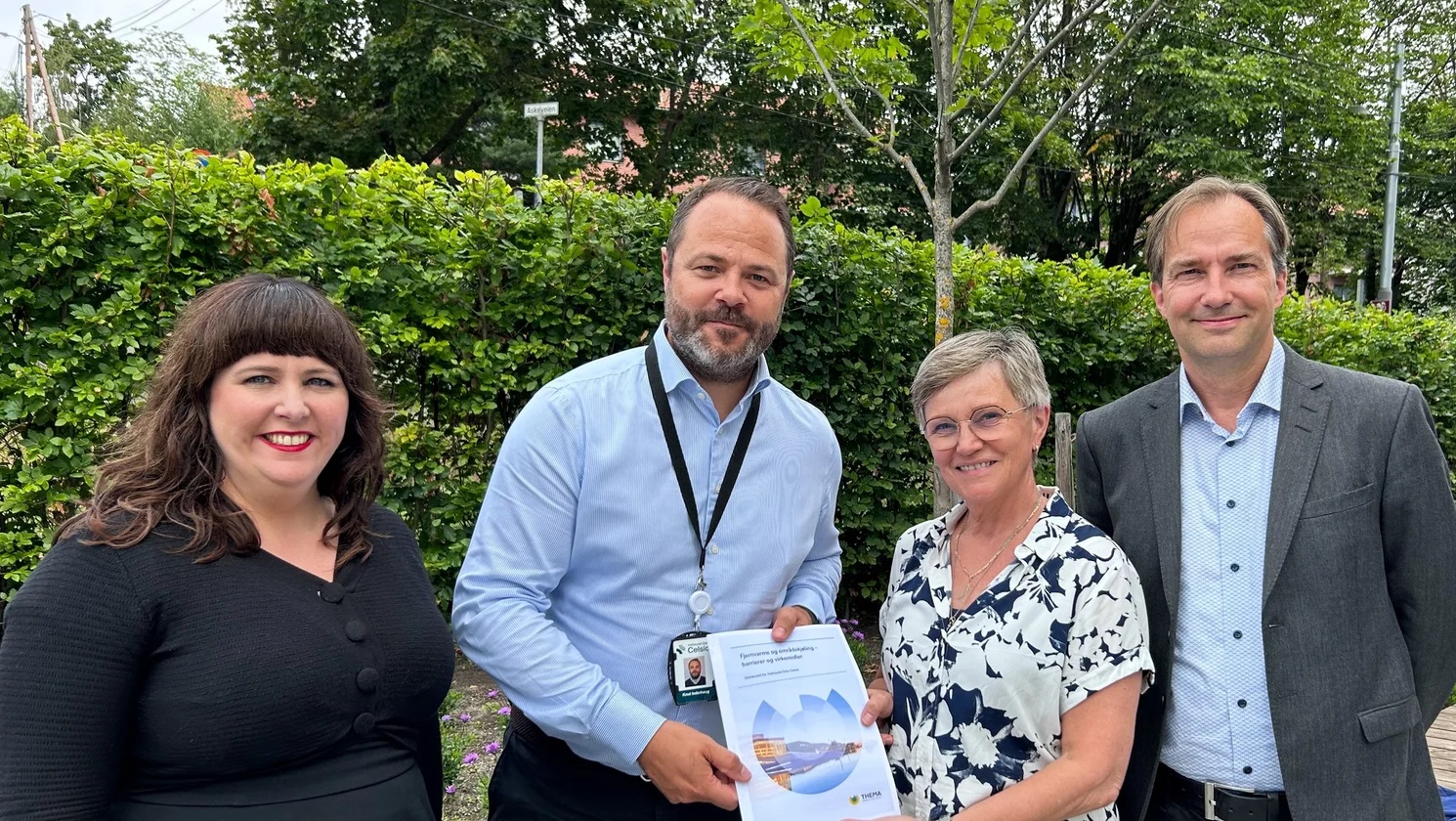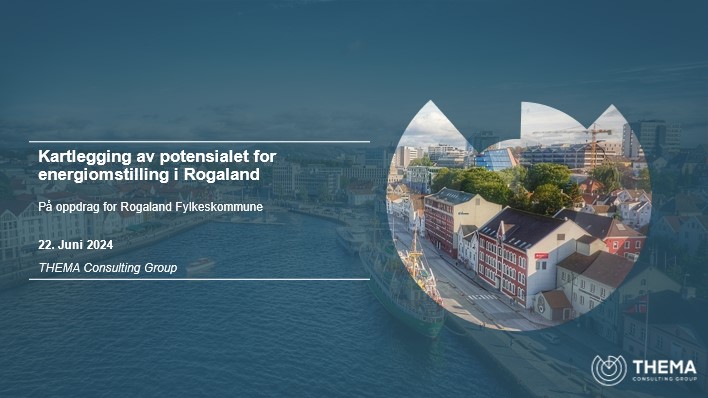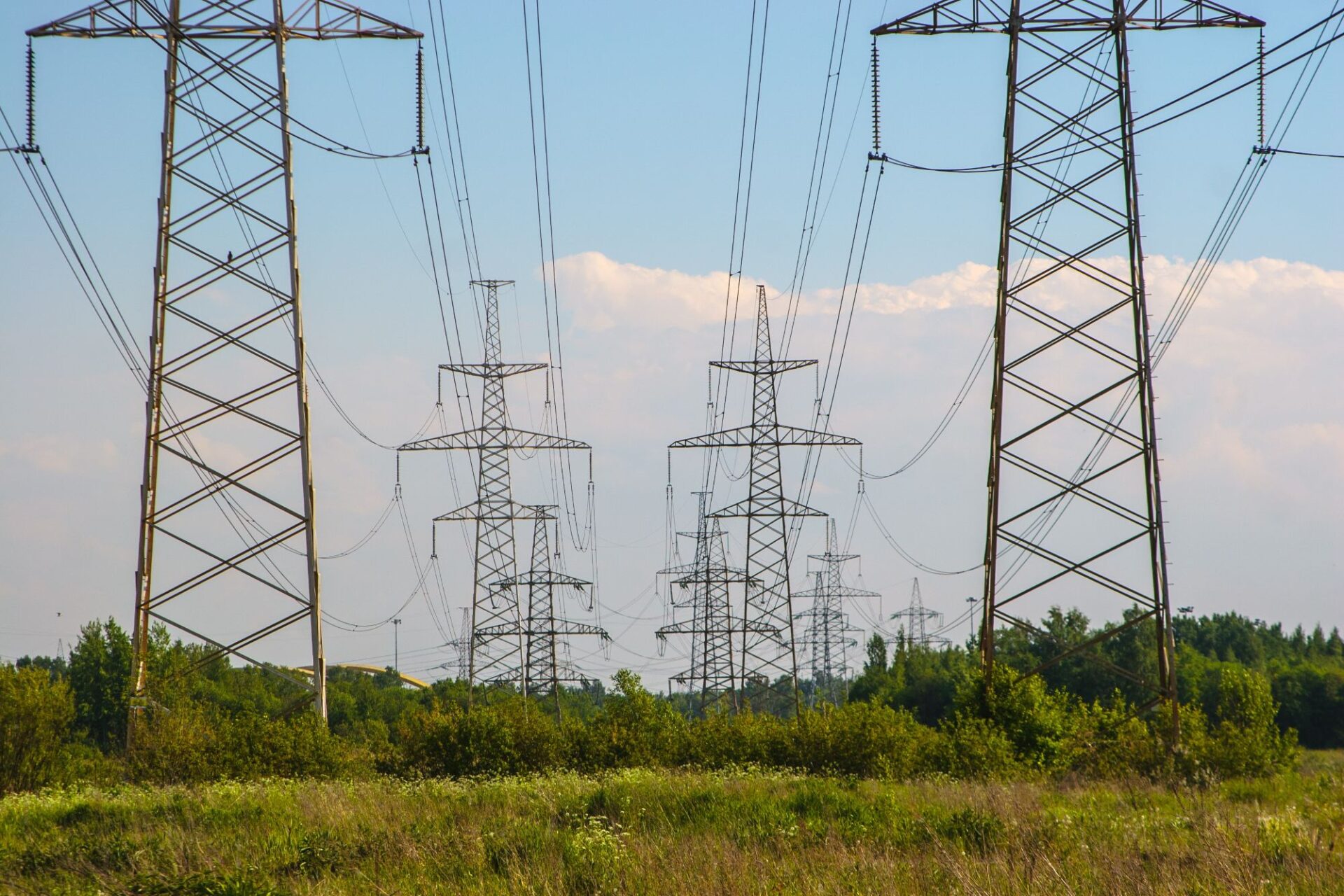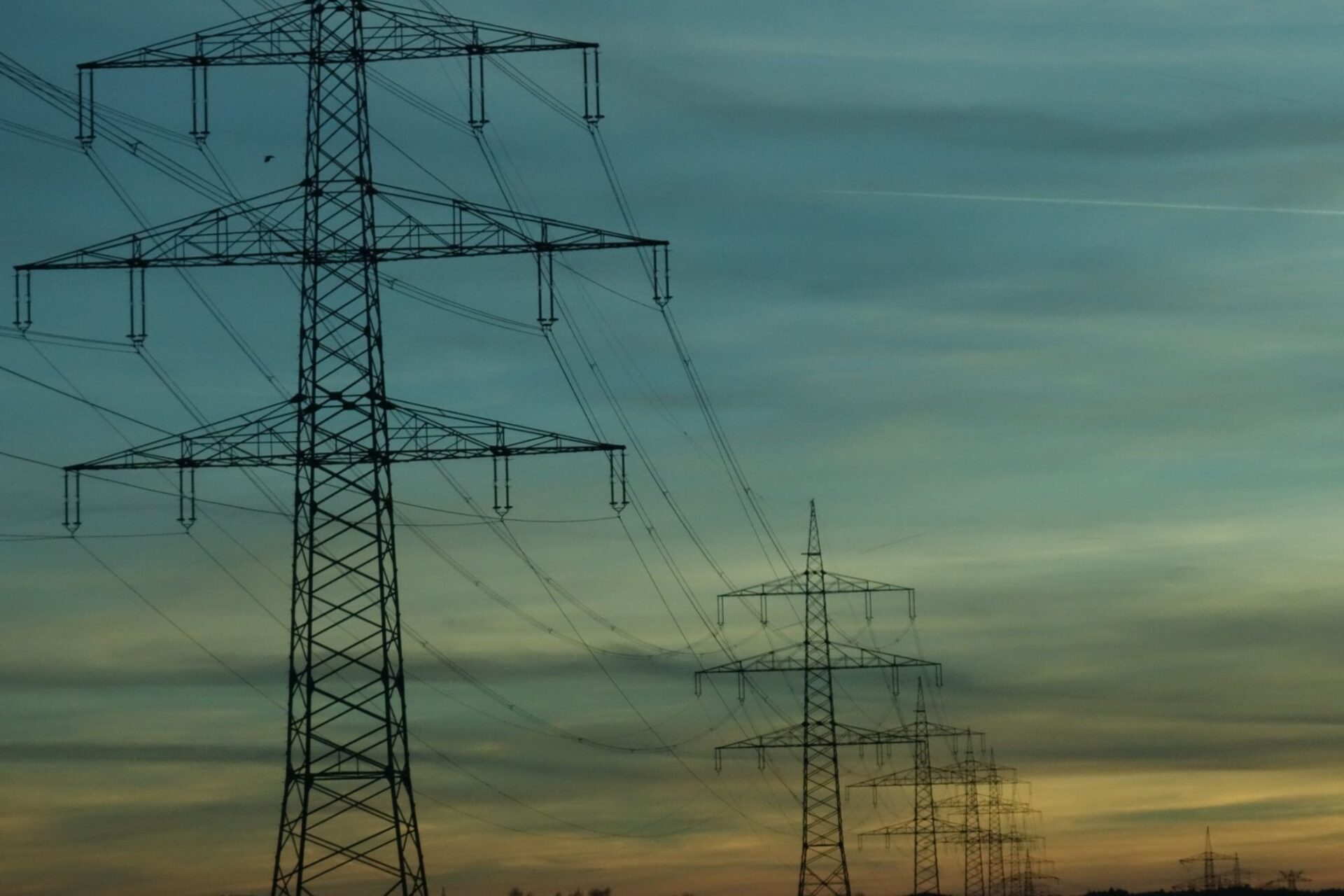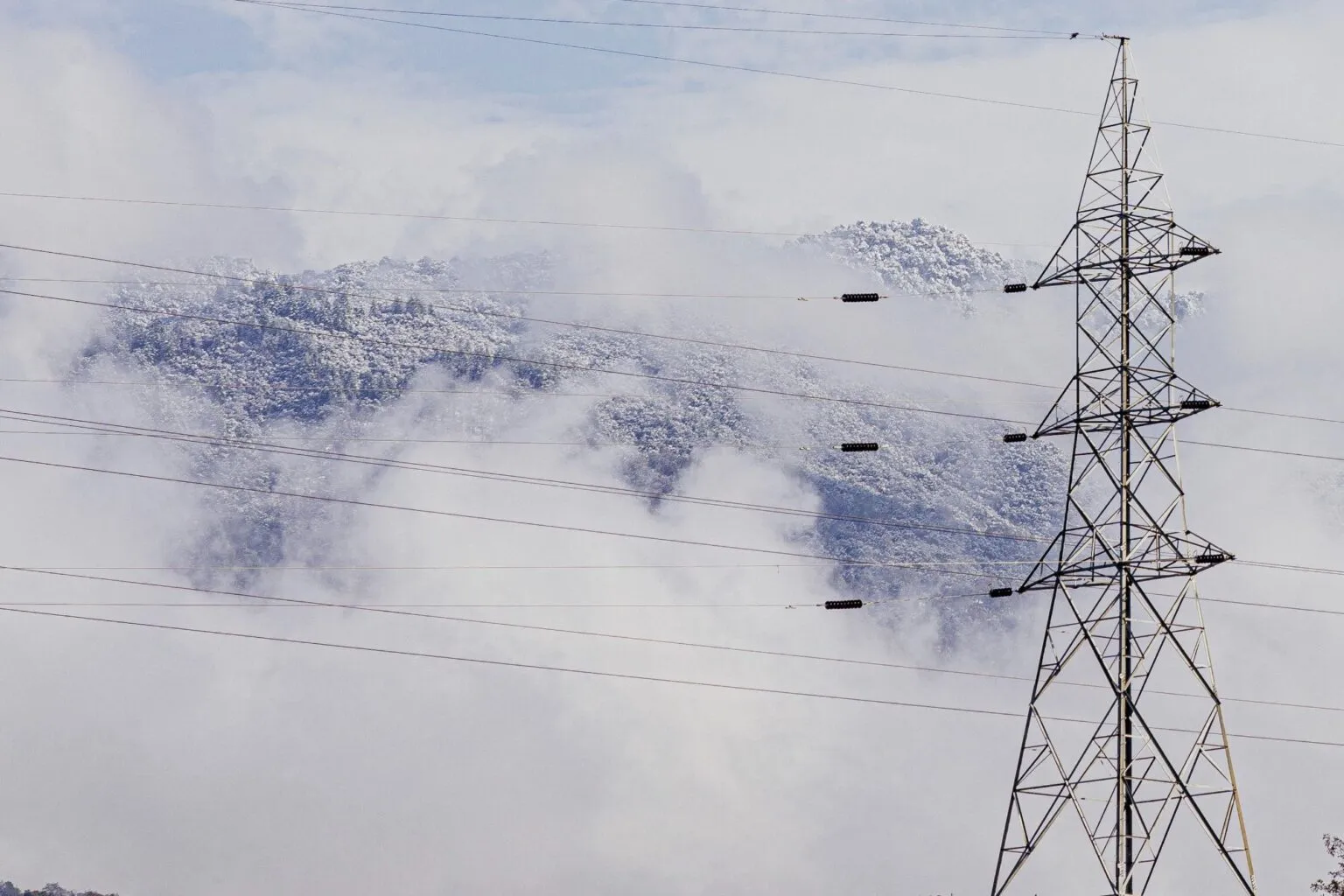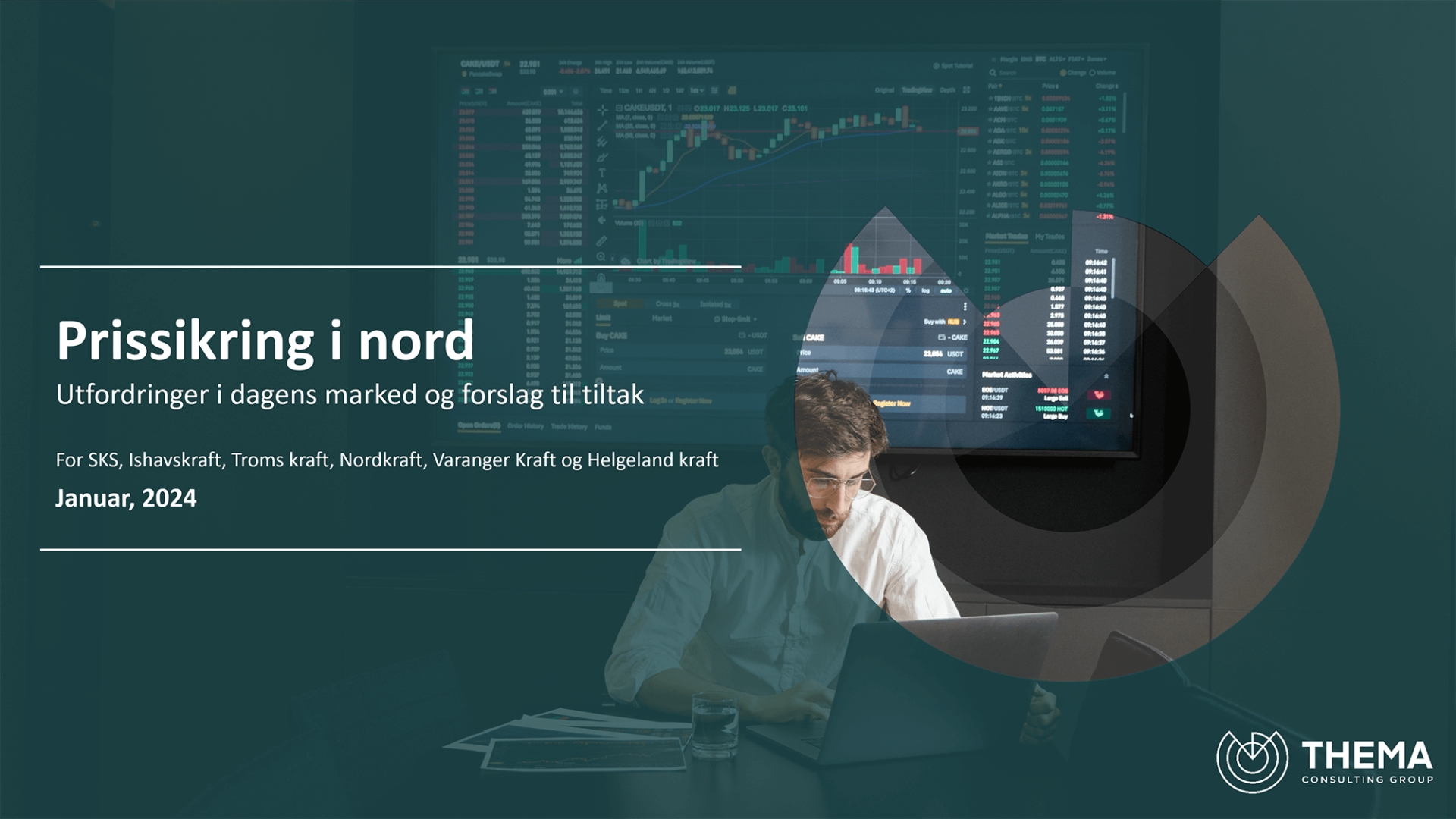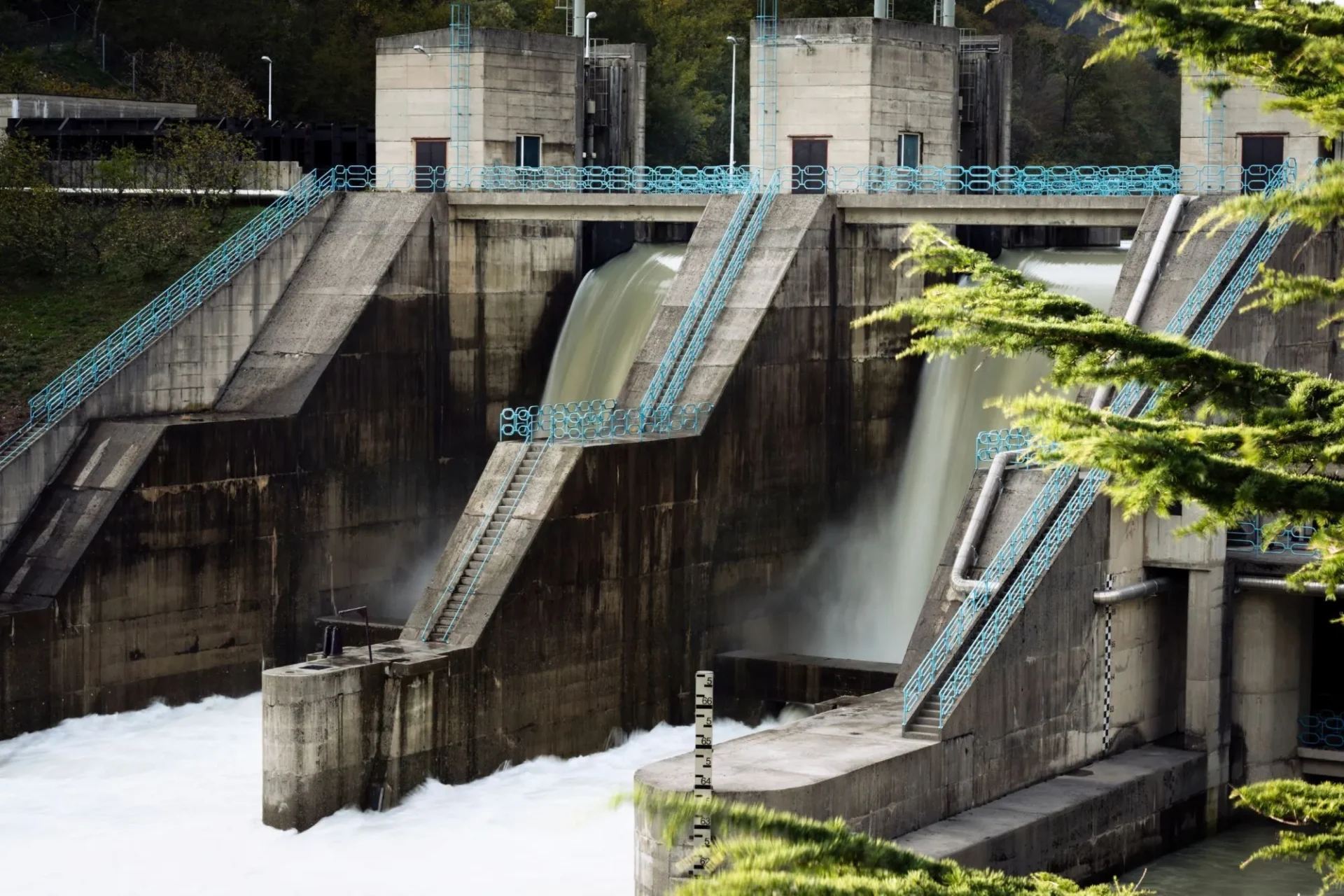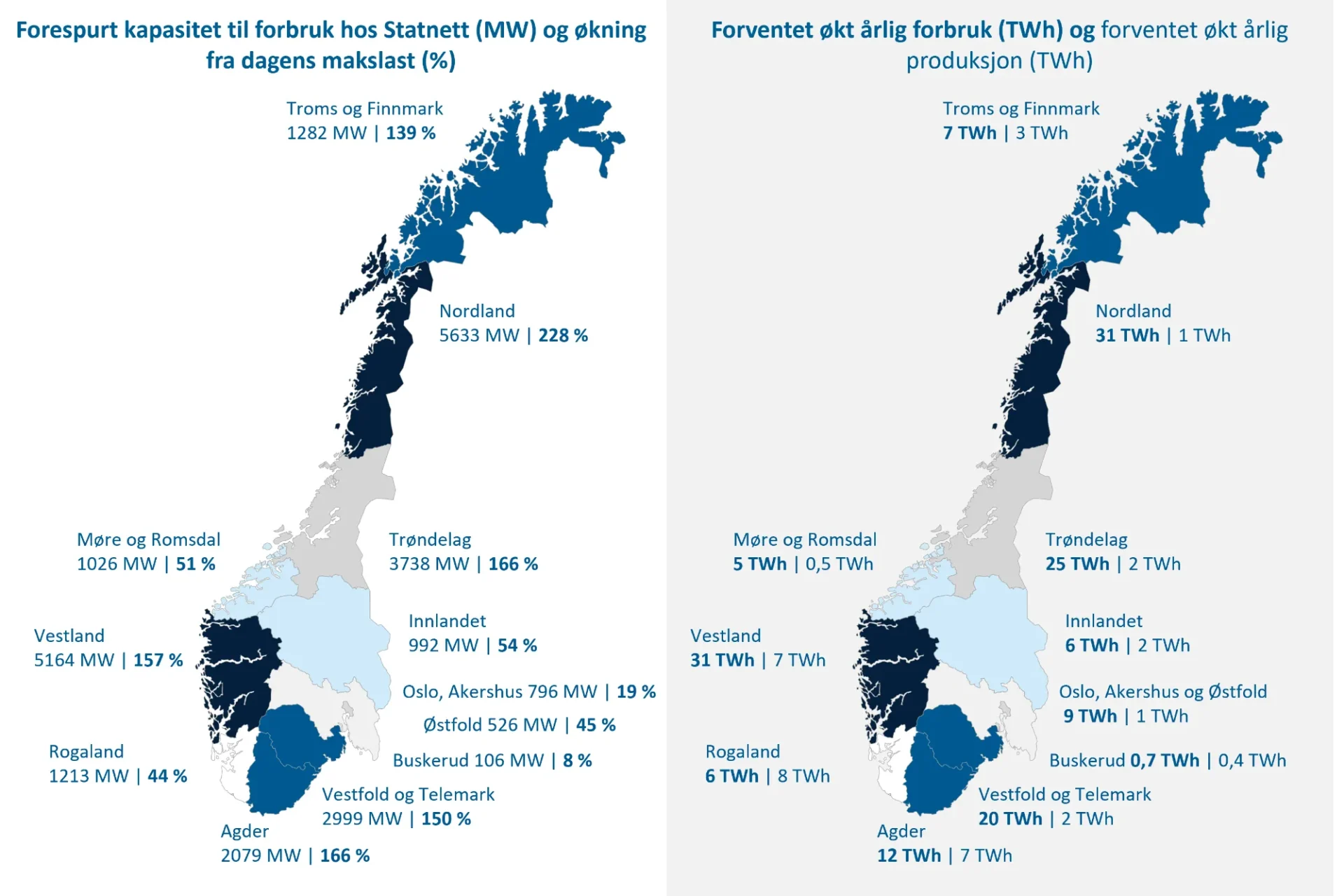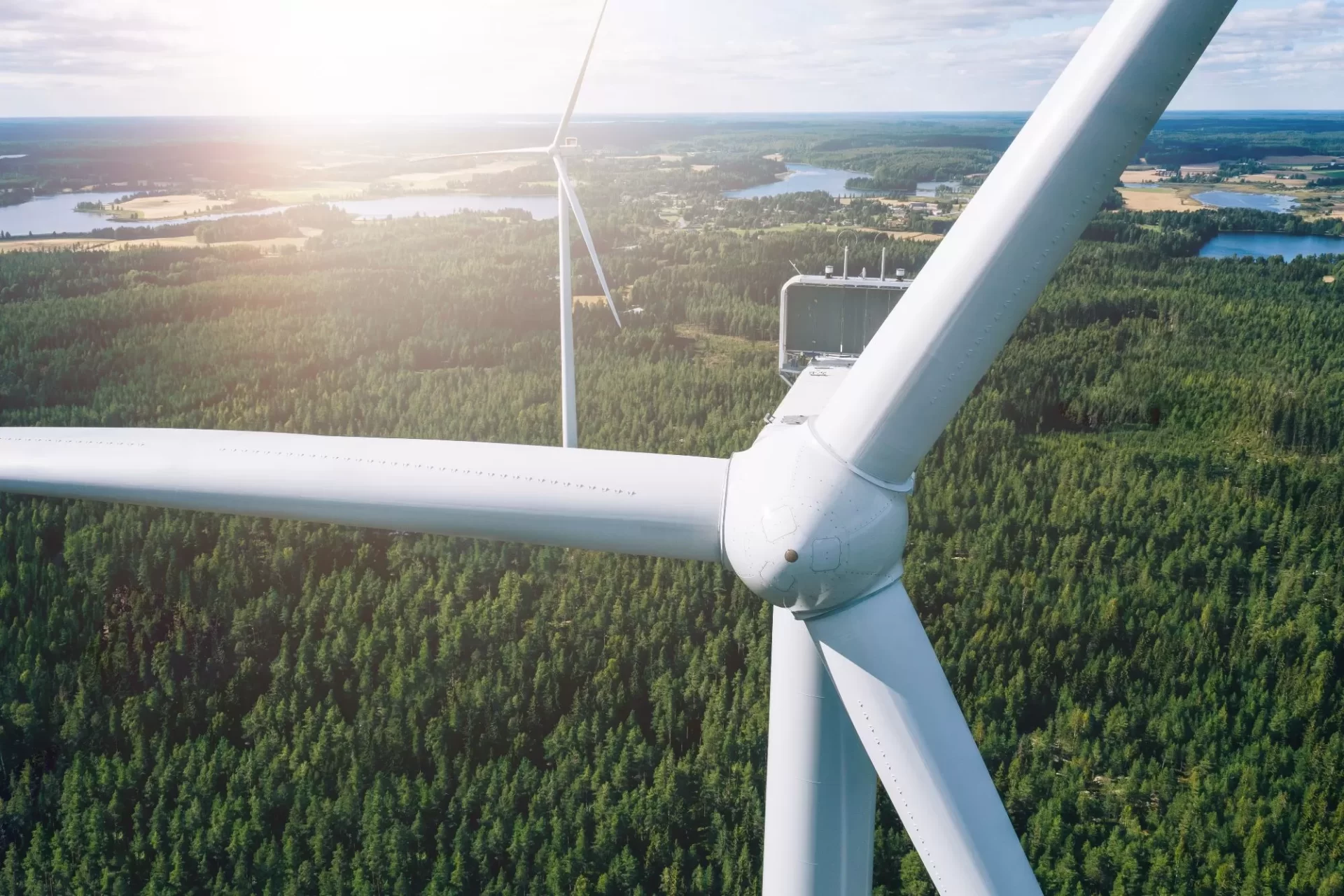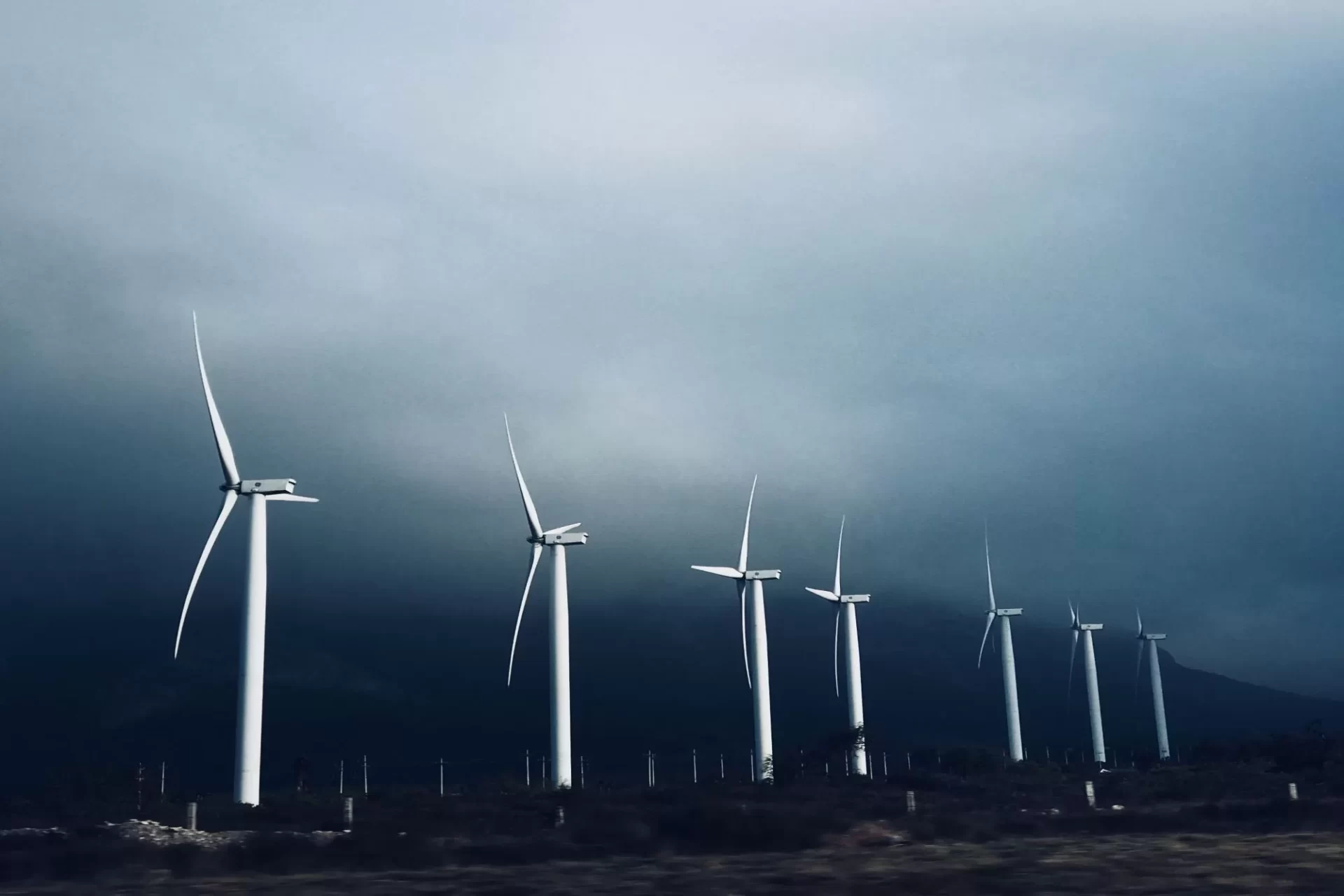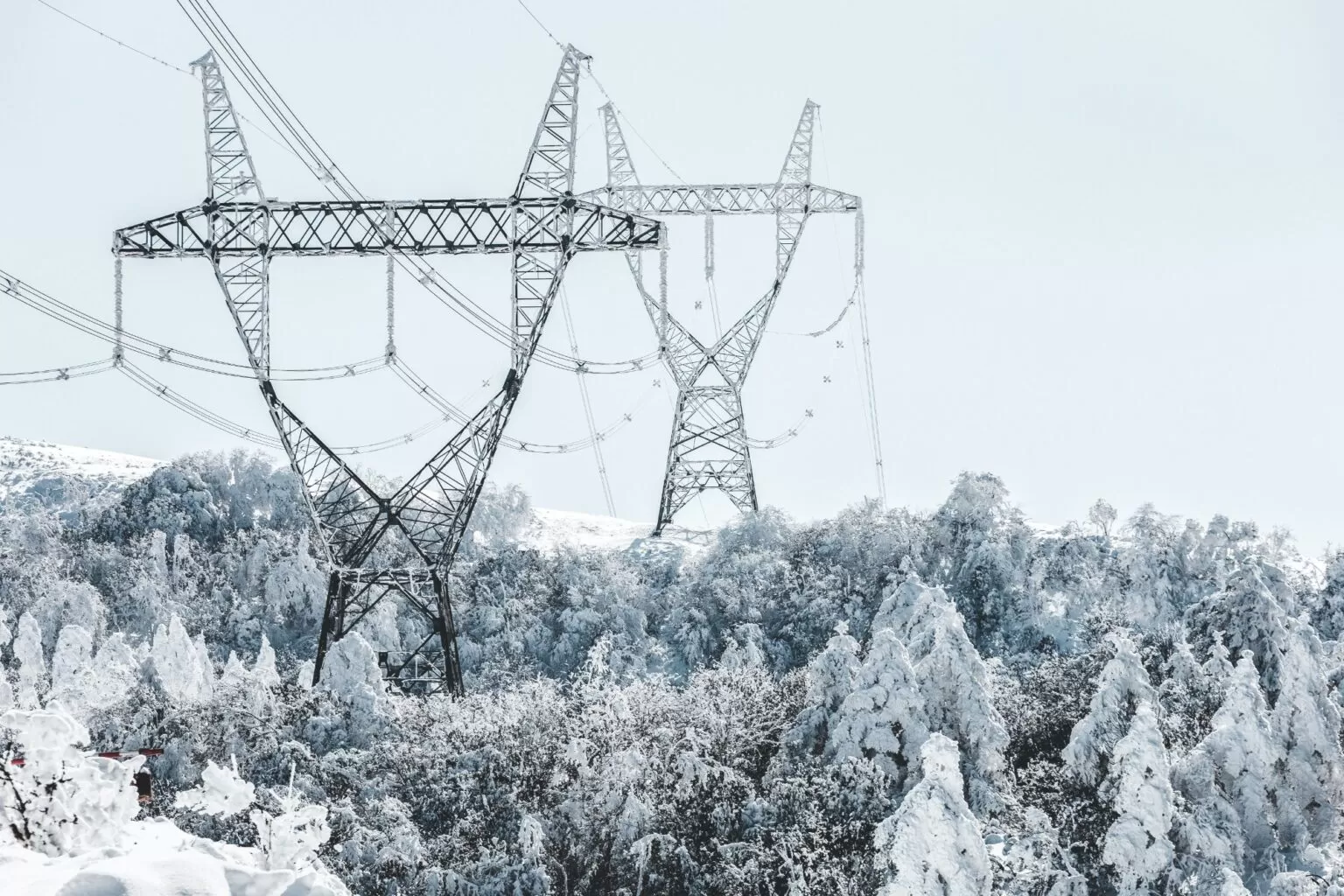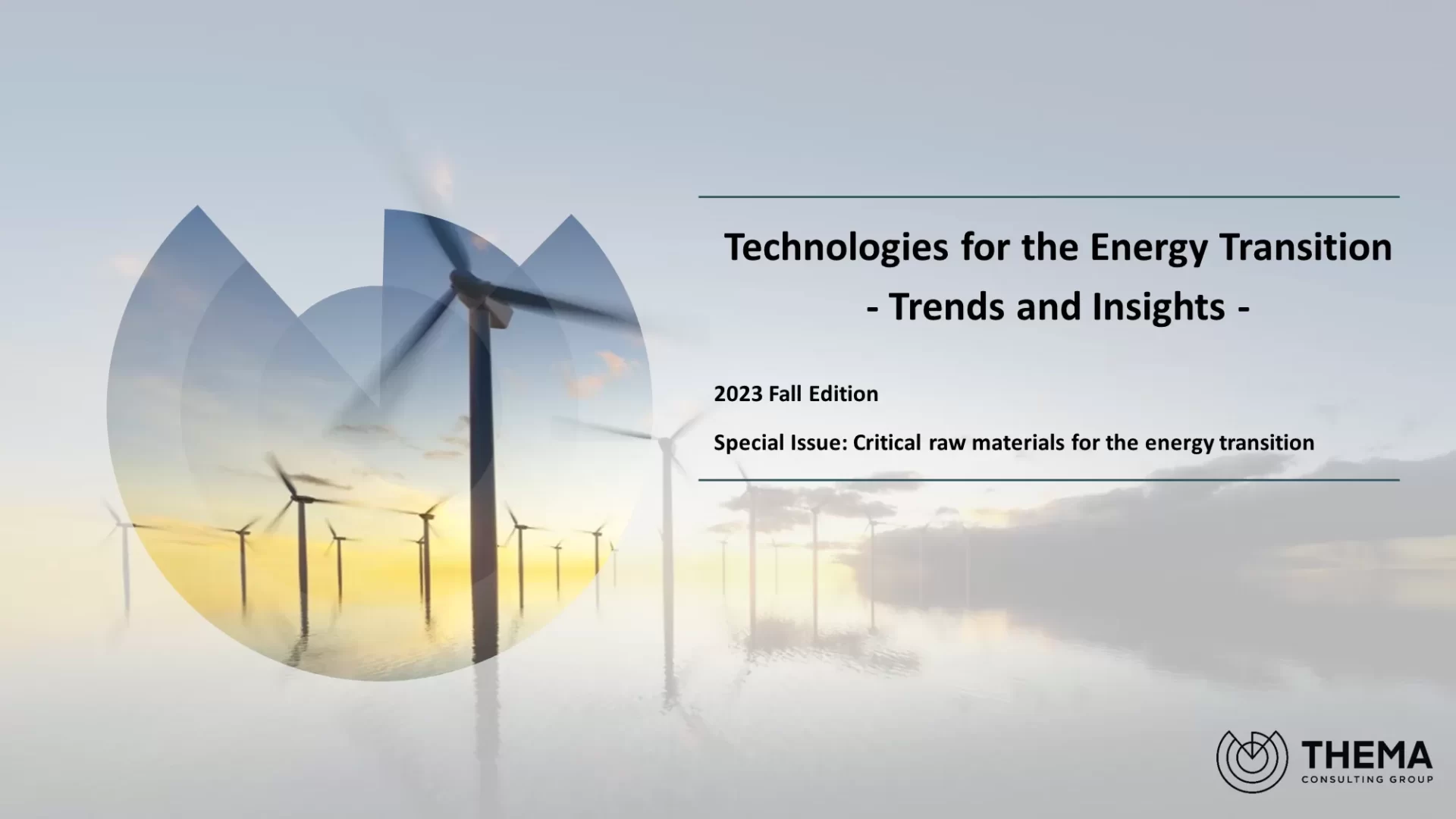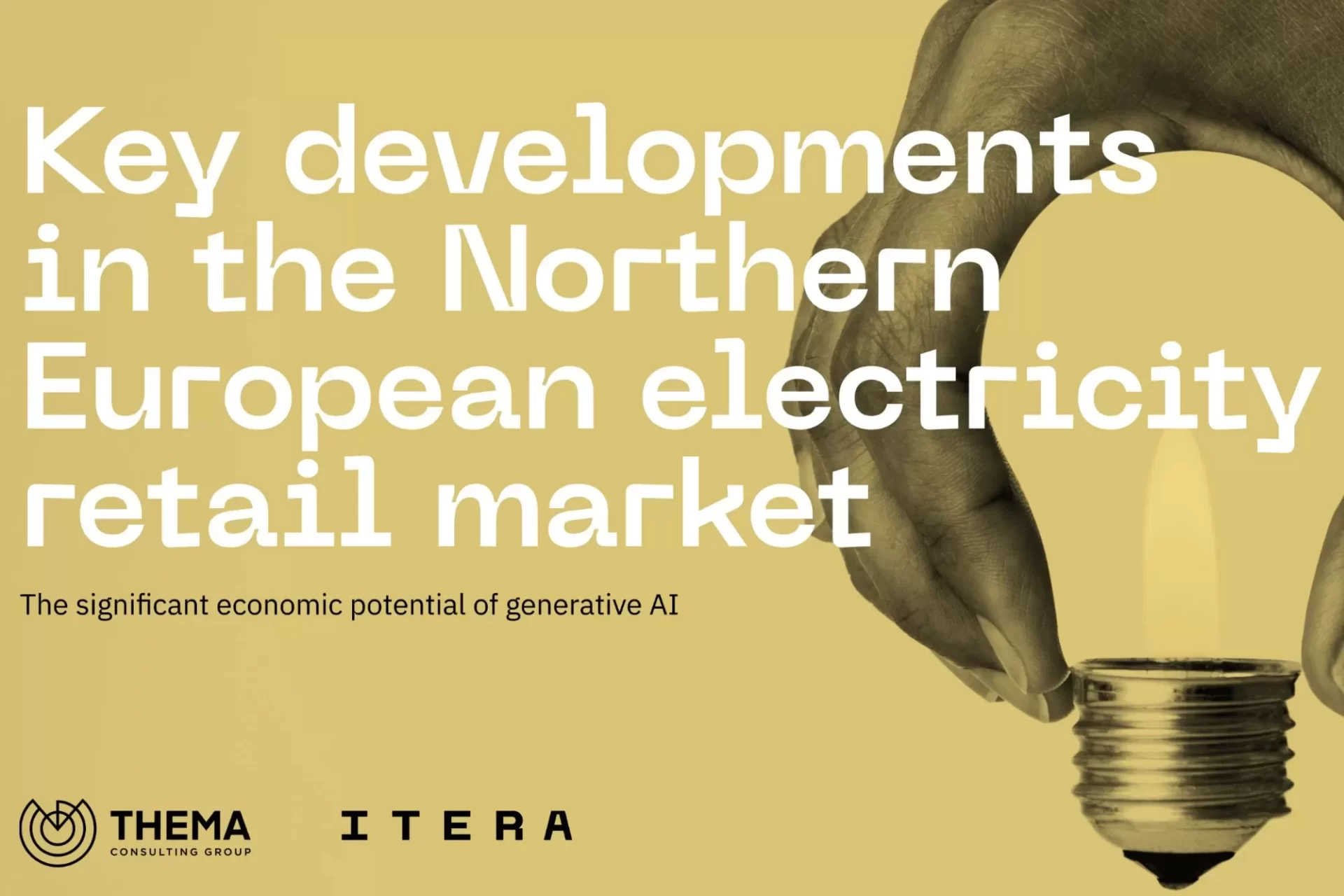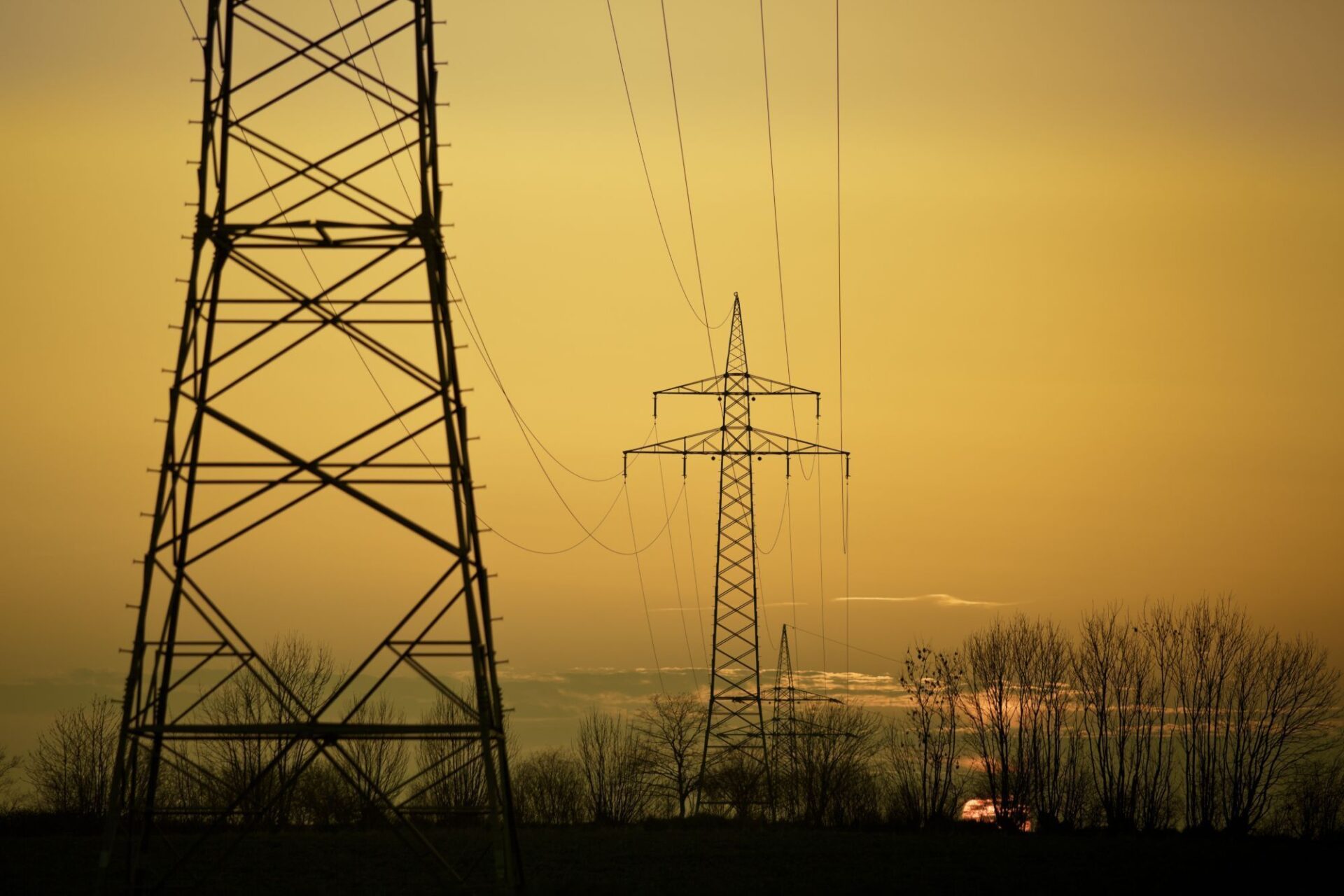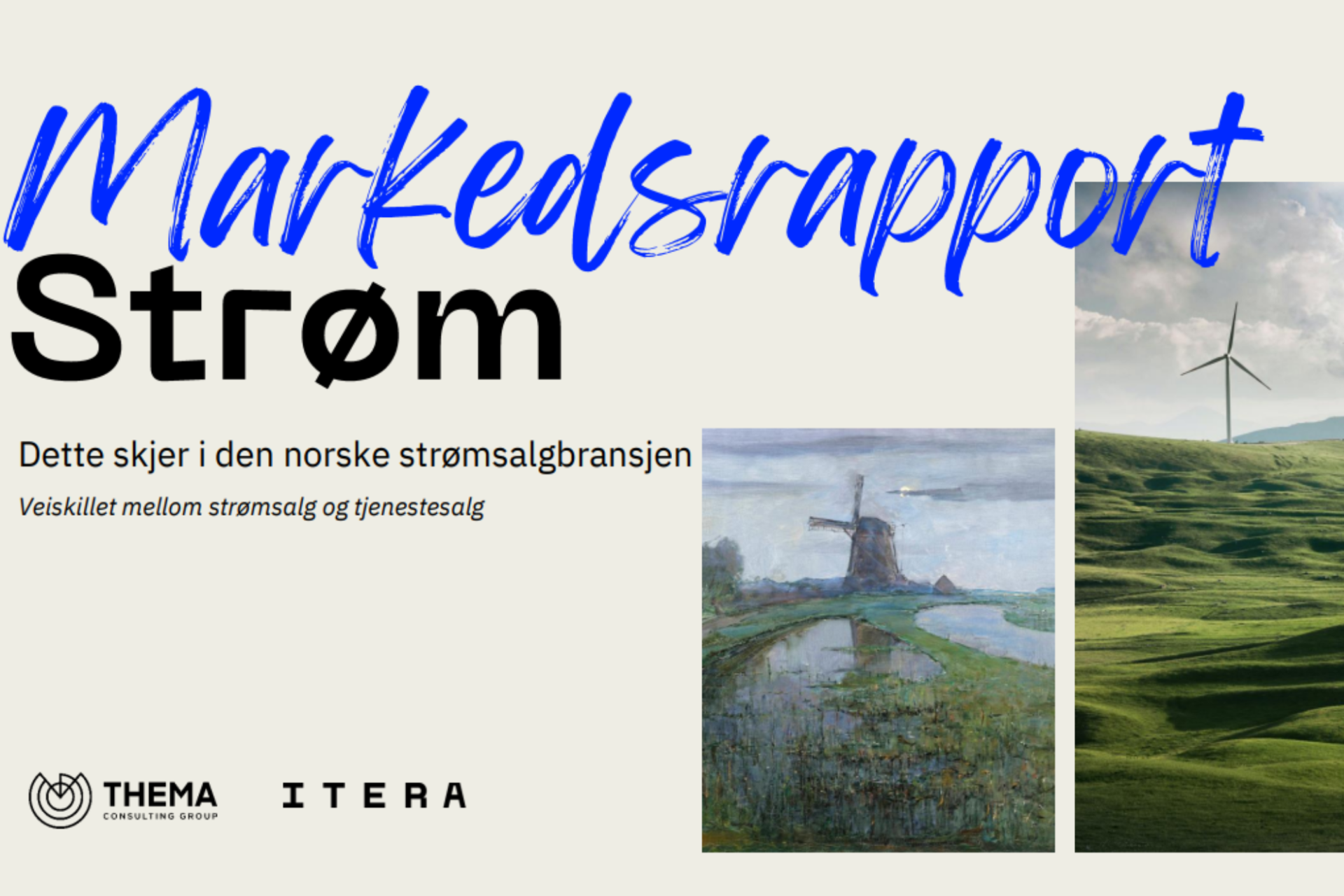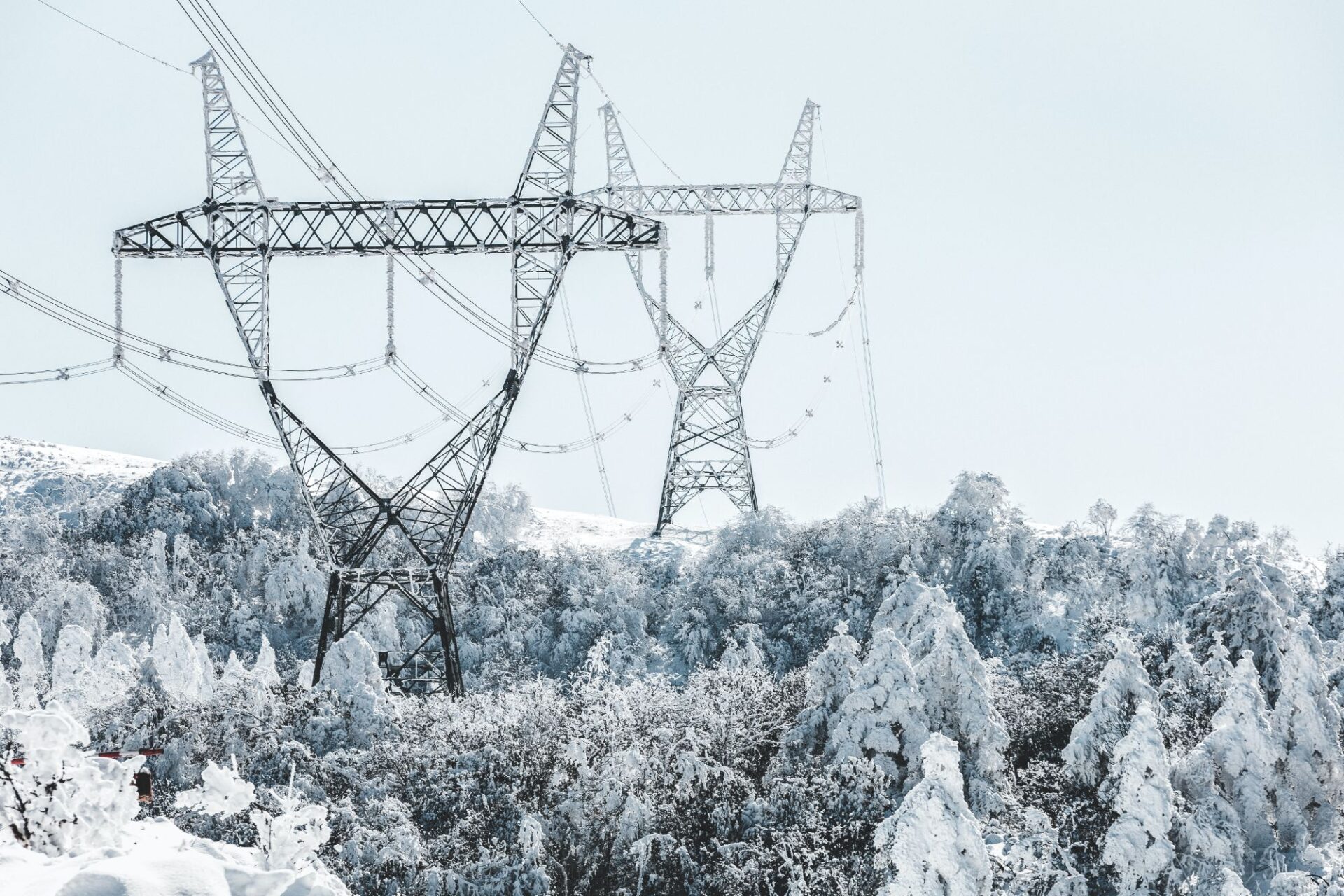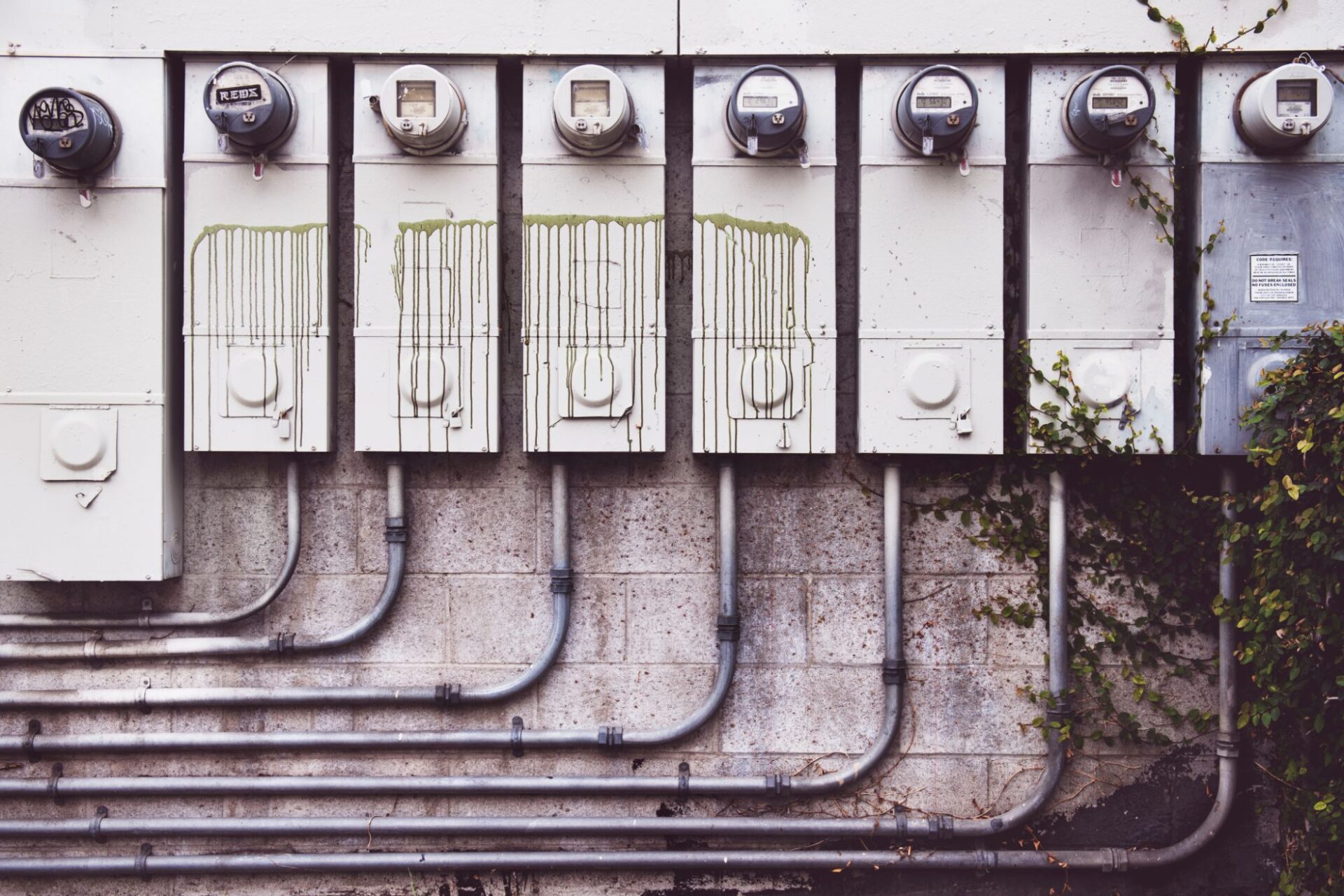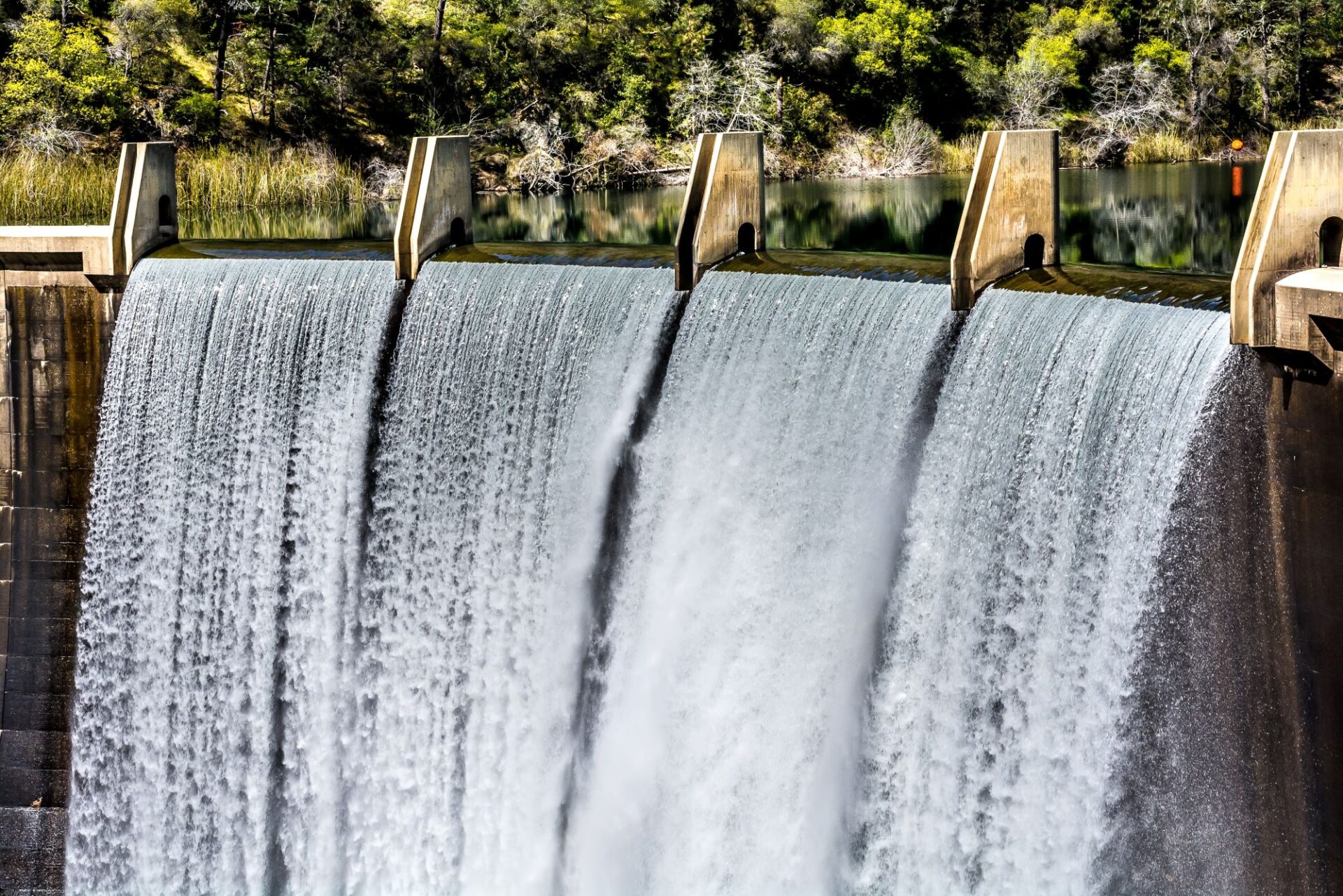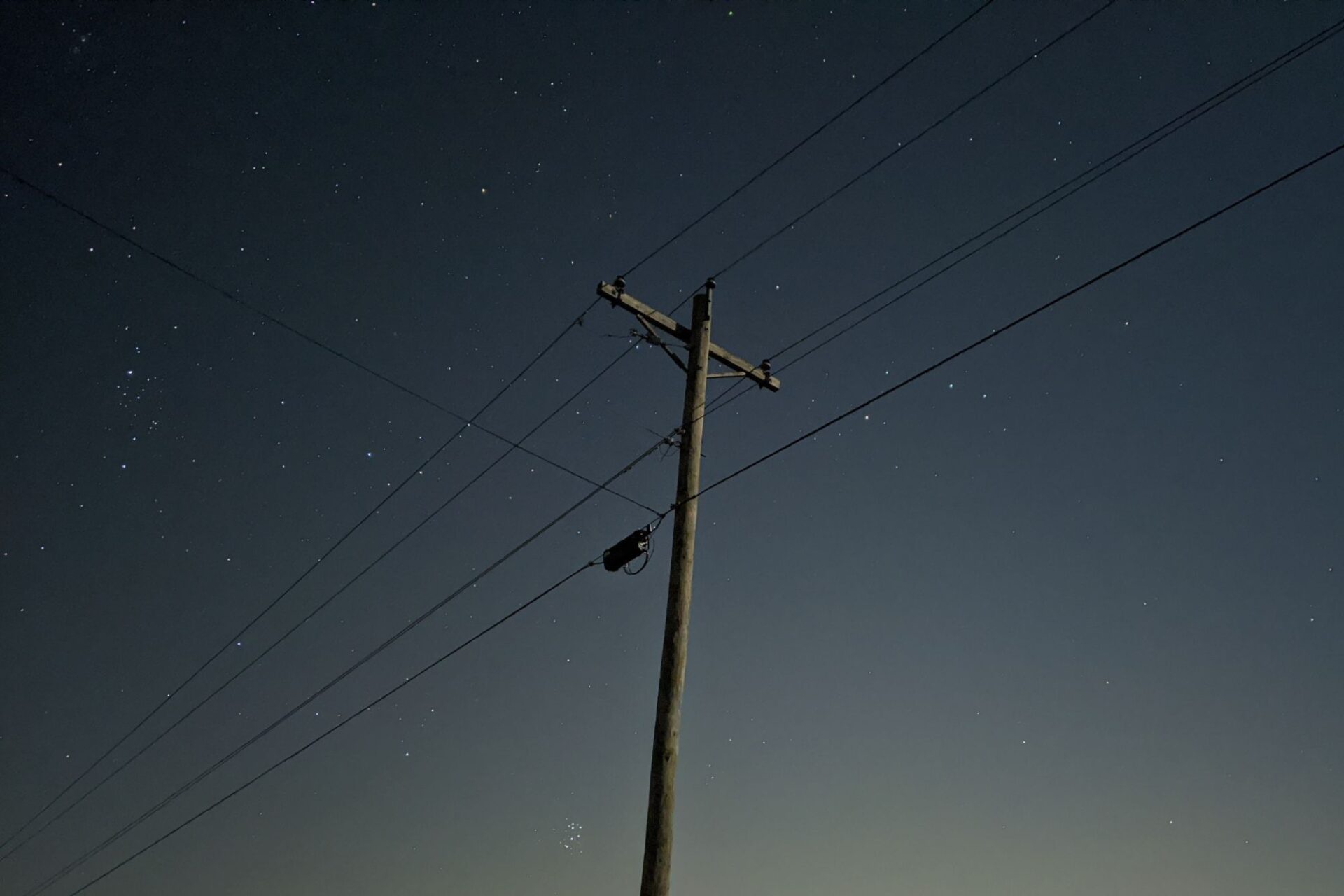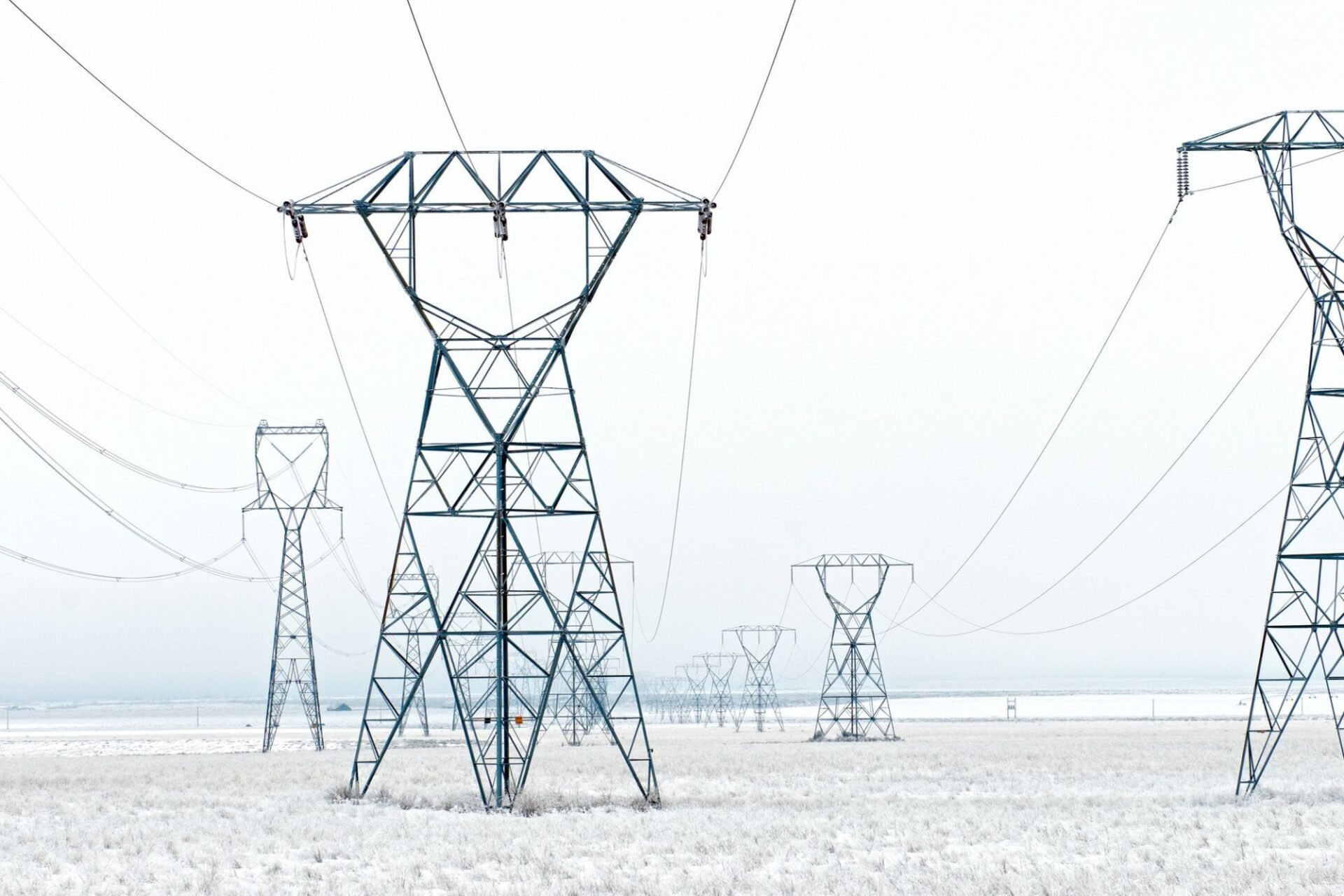How capital flows in nordic renewables – First edition of
We are pleased to launch Issue 01 - Q2 2025 of Renewable Finance Insights, an overarching analysis of the main financing, M&A, and bond trends in the Nordic renewable market.

THEMA helps inform changes to revenue caps for Swedish electricity
The Swedish Energy Markets Inspectorate has proposed changes to the regulation of Swedish electricity and gas network companies. THEMA has provided advice on different methods to calculate the cost of capital and the consequences of the revised approach.

Statnett’s costs as a system operator should be more strictly
The Norwegian TSO, Statnett, has weaker incentives to keep costs down in its role as a system operator compared to its role as a grid owner. This may lead to unnecessarily high costs and influence the solutions Statnett chooses to fulfil its responsibilities.

How should Contracts for Difference be designed?
Contracts for Difference (CfD) can be an effective means to support and reduce the risk associated with investment in new power generation. However, they can be designed and allocated in a variety of ways. For example, they can be purely financial or based on physical production. We have considered how Contracts for Difference can be…

Uncertain local compensation for capacity expansions and pumped storage
The future Norwegian power system requires capacity expansions in existing hydropower plants and investments in pumped storage. However, the current compensation mechanisms yield little revenue to host municipalities. Changes should be considered to ensure local acceptance for investments.

Energy crisis and new tariffs: how did Norwegians respond during
Electricity use in Norwegian households and businesses changed significantly in the period 2021-2023, with a sharp decline from 2020 to autumn 2023. On behalf of NVE, we have investigated what happened during this period and whether the change is permanent.

Absent demand recovery and fast RES expansion affect carbon and
…at least in the near future. While our Green Values report also discusses short-term trends, our focus lies on raising our eyes to longer-term developments to 2030 and beyond. We are confident about strong CO2 price growth and a falling price trend for GO prices, after a short-lived recovery from today’s low-price environment.

We propose small adjustments to the Norwegian regulatory WACC
The Norwegian regulator’s approach to determining the regulatory WACC has essentially remained unchanged since 2013. In a new report, we conclude that the current approach has worked well but identify some room for improvement. Our recommendations would result in a slightly lower WACC in the near term.

Statnett recommends making TSO EPAD auctions permanent
Statnett has studied options to support liquidity in the forward market. It concludes that, if it is required to support the market, the EPAD auctions that Statnett is due to pilot should become a permanent feature of the market. The auctions are expected to support a more liquid and competitive forward market.

District heating offers big benefits for the Norwegian energy system
The energy transition requires more electricity but is hampered by scarce grid capacity. The expansion of district heating could relieve the grid and enable the connection of more new electricity consumption. The economic benefits could be substantial, but the current policy framework should be adapted to realise these benefits.

Rogaland needs 7-13 TWh of power to become a low-emission
Rogaland consumes about 24 TWh of energy today, half of which is fossil-based. To decarbonize, fossil energy must be replaced with emission-free energy. Commissioned by Rogaland fylkeskommune, THEMA has analysed the future development of Rogaland's energy system and identified potential conflict areas in the energy transition.

Electricity Retail Market Report: Strong growth in Nordic solar PV
Interest in solar PV is growing, as is competition for solar-related products and services, with battery storage solutions among those offers entering the market. The Electricity Marked Report also includes a new overview of Nordic datahubs, which support competition and further innovation in the retail market.

Can differences in EU network code implementation affect the market?
Network codes were intended to harmonise market rules within the common market. However, the codes do allow for some differences in implementation. As part of the INC research project, we have examined how differences in the implementation of flow-based coupling and the assessment of the 70% rule could impact market efficiency.

Can time and reputation measurements incentive faster grid connections?
Long lead times for grid connection is a barrier for the energy transition in many Norwegian regions. The question is if changes in grid regulation can motivate faster processes. Our study for RME conclude that incentive mechanisms based on measurements of time usage and customer satisfaction are the most relevant.

New outlook: Germany’s market for PPAs matures as prices sink
A new report by the German energy agency DENA, shows that PPA volumes grew strongly in 2023.

Limited access to renewable energy restricts green industrial development in
More and more often we hear that “the grid is full”, but what does this mean for green industry development? THEMA has mapped the availability of renewable energy for industrial parks in Viken. In most areas, we see that it is not possible to connect industries with higher consumption to the power grid until it…

Norway’s energy ministry acts to improve power prices hedging opportunities
Opportunities to hedge power price risk have been lacking in Norwegian bidding zones due to illiquid financial markets. Asking Statnett to auction EPAD contracts will likely help, but ideally a package of measures should be considered to tackle a variety of challenges facing the market.

New EU rules: How to regulate hydrogen networks
Hydrogen is expected to play a crucial role in the decarbonisation of the energy system. New EU regulation establishes the framework for certifying future hydrogen networks. We have assessed its implications and looked at alternative organisation models for such networks in a report for the Swedish Energy Markets Inspectorate.

Norwegian municipalities’ power revenues were 25 billion NOK in 2022
Norwegian municipalities and counties own a lot of power sector assets and receive additional revenues from the hosting of generation assets. With record-high power prices, total revenues from these assets have reached new heights. In 2022, we estimate that these groups earned close to 25 billion NOK from the power sector.

Kraftløftet: Measures to improve access to power across Norway
The green transition is increasing demand for power. However, the transition is limited by generation and network capacity. Norway has the prerequisites for success but is in danger of falling behind. "Kraftløftet" presents 11 regional action plans to ensure timely access to sufficient generation and network capacity.

Development of the Odal Wind Power plant has significant local
Odal Wind Power plant in Nord-Odal was officially opened by the Minister of Energy in June 2023. An important question regarding wind power is how this type of project contributes to the local community. We have carried out an analysis which shows that a large proportion of the economic activity accrued to local and regional…

THEMA report on GO market for Sino-German Energy Partnership now
For the German Agency for International Cooperation (GIZ) and its Chinese partners, THEMA analysed the European GO market. Our analysis zeros in on regulatory and historical market developments, providing key insights to inform the evolving Chinese scheme, where RES certificates play an increasingly important role.

Economically viable solutions for offshore wind
Norway is facing a period of strong growth in electricity demand. To meet the growth in demand, large investments in new generation capacity are necessary. Offshore wind will be a key technology. Therefore, it is necessary to find solutions that allow a sensible development of offshore wind that can become profitable over time.

German bidding zone split: Learning from the experience of the
Bidding zones have supported efficient plant scheduling in the Nordics but less obvious benefits in terms of long-term investment planning. However, extrapolating from these experiences to Germany should be done with care given important differences between the historic Nordic power system and the future German one.

THEMAs Technologies for the Energy Transition – Trends & Insights
The Technology Outlook received a brand-new design and is now published under the name Technologies for the Energy Transition - Trends & Insights. Both data and the written report is available through our web portal.

New report on the Northern European electricity retail markets published
In Itera and THEMA’s new edition of Market Report - Electricity we compare the end-user electricity retail market in Norway, Sweden, Denmark, Finland, and Germany. Among our findings, we see high economic potential using generative AI in the retail market.

How to secure stable and competitive electricity prices
The Norwegian Electricity Price Committee’s report, "The Art of Balance", was published last week. The report reviews the organisation of the wholesale and retail electricity markets, lists factors important to the future development of these markets, and reviews measures intended to support more stable and competitive prices.

Statnett looks to improve regional network planning
Norway’s TSO has developed ten regional network plans to help ensure joined-up and predictable network investment. THEMA has contributed to the methods used in the economic analysis of the plans.

Enova’s support contributes to electric van market growth
The electric van market has significantly matured over the past four years. However, this development cannot be solely attributed to Enova's support program. Factors like road toll rebate, tax exemptions, expanded charging infrastructure, and new, improved models are key contributors to the transformation.

Climate roadmaps call for new government measures to achieve goals
Norwegian industry believes it can reduce emissions substantially by 2030 and is calling for new policy measures to incentivise the necessary action. This will require resources like electricity, biomass, land, and expertise. However, sector roadmaps generally fail to analyse the scale of the implied resource requirements.

The security of German power supplies is largely guaranteed
A THEMA study has shown that the German power system is resilient even with significant capacity outages and low renewable generation.

New Electricity Market Outlook: Crossroad for Electricity- and Service Sale
In the past year, we have seen that the sharp competitive situation for electricity retail companies continues with increasing cost pressure, regulatory uncertainty, and high competition activity. The experiences from the past year underscore the complexity of electricity retail and the need for good risk management.

Can industry be partially electrified without more grid capacity?
In Norway’s Nedre Glomma region, decarbonisation and industrial development have been put on hold due to a lack of available network capacity. It takes years to build out new grid capacity. In this feasibility study, we explore whether it would be possible to connect more consumption, faster if the consumers are more flexible.

Exchange-based hedging faces multiple challenges
Our investigation of the Norwegian market for power price hedging shows an apparent reduction in price hedging activity on the exchange and a greater reliance on using physical supply agreements. These changes reflect, among other things, tax changes, poor financial market liquidity and higher collateral costs.

Does electrification offshore reduce global emissions?
Reaching Norway’s climate goals will be difficult and more expensive if the oil and gas industry is not electrified. The question is to what extent are savings offset by increased emissions elsewhere. Our analysis of lasting market effects shows that such projects reduce Norwegian, European and global emissions.

National energy data platform will provide multiple benefits for Luxembourg
Luxembourg will introduce a National Energy Data Platform for the retail electricity and gas markets. THEMA analyzed potential benefits and found two primary groups: increased data quality and more efficient data exchange between stakeholders. These, in turn, will unlock several secondary benefits in the long run.

How to fix the Norwegian market for fixed-price tariffs
Fixed-price electricity tariffs for households and small businesses have disappeared in many parts of Norway. In recent work for the Norwegian Ministry of Petroleum and Energy, we looked at both the challenges facing the market and how to fix them.

THEMA and Itera has now launched the fifth edition of
High electricity prices and an increasing focus on consumer flexibility are placing new demands on the electricity retail companies. We think the electricity crisis creates new opportunities for the retailers. The winners of the future are making the right strategic choices now.

70% rule fails to target long-term increases in cross-zonal trade
THEMA has examined the details of how the minimum trade capacities set out in European legislation are measured and monitored. The work details both important differences in countries’ approaches and a fundamental weakness in the current regulatory arrangements.

How do you measure the network benefits of smart metering?
The installation of smart meters in Norwegian households is expected to help reduce network costumers’ tariffs over time. The Norwegian national energy regulator (RME) wants to get a better overview of the benefits of smart metering and to help the network companies learn from one another what can be achieved.

Norwegian hydropower makes good use of its flexibility
Norwegian hydropower plants can readily alter their output. This flexibility is valuable when seeking to balance a power system with a lot of intermittent renewable generation. Together with hydropower expert Brian Glover, we have analysed to what extent hydropower plants exploit the potential provided by their flexibility.

Green or blue hydrogen: Does it matter for the power
The pace at which green hydrogen can be produced may be limited by the availability of renewable power. Blue hydrogen – using natural gas with CCS – could therefore be important means to accelerate the development of a hydrogen economy. The eventual mix of blue vs green will affect prices and flexibility in the power…

Investments of 2000 bn. EUR needed to fuel the energy
Decarbonizing the energy supply requires huge investments in low-carbon technologies. In our new Technology Outlook, we investigate which technologies will drive the transition, and which new technologies may be added to the mix? What are cost drivers, and will the historic cost reductions continue?

We propose changes to network companies’ supply obligations
Alternatives to grid connection are becoming better and more readily available. They may be a good option where network connection is disproportionately expensive. We have evaluated adjustments to the exemptions framework covering network companies’ supply obligations on behalf of RME. Our proposals are now out for consultation.

The power system needs better operational coordination to reduce costs
Operational coordination between network companies and Statnett is challenging. Improved coordination, in which network companies take a more active role, can cut costs and improve the use of available network capacity.

Wind power reduced last year’s electricity bill by between NOK
Norwegian wind power production has increased significantly in recent years. Currently, wind power production amounts to about 15 TWh in a normal year, corresponding to 11 percent of Norway's power consumption. By increasing the power supply, wind power development has contributed to reducing power prices in Norway.

Access to market sensitive information requires enhanced awareness
To be able to take on a more active role in operating the power grid, the grid companies must have access to information which may be considered market sensitive. If the grid companies are allowed access to market sensitive information, THEMA and Devoteam recommend implementing regulatory requirements to ensure that trust in the power system…

Fossil-free charging and refilling network costs as much as 40km
A network of low-carbon charging and filling stations is necessary to ensure the transition to new energy sources and reduce emissions from heavy transport. THEMA, on behalf of the Green Land Transport Programme, estimates the costs of such a network to be NOK 8–13 bn. The transition will be time-consuming and should start now.

Review of the Market Stability Reserve set to strengthen the
The result of the ongoing review of the market stability reserve (MSR) will have significant consequences for Europe’s carbon market (EU ETS). In a scenario-based simulation of different designs we conclude that an additional reduction of the MSR thresholds would support market stability and environmental integrity of the ETS.

Can greenhouse gas emissions in Rogaland be halved by 2030
Norway has committed to reducing GHG emissions by 50-55 percent by 2030. To achieve this goal, measures need to be implemented in all sectors across the country. Emissions are falling in Rogaland county, but, at the current rate, emission cuts will barely reach 15 percent by 2030. What will it take to match the national…

